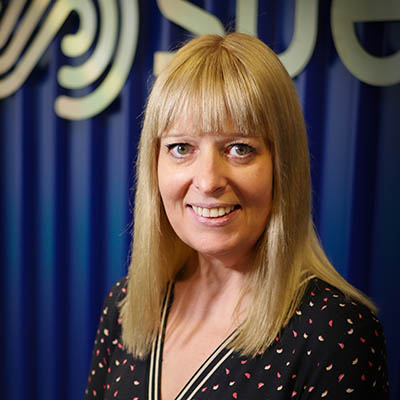A model for developing leaders

There are umpteen leadership development models, and every entity has its own specific needs and priorities. But there are certain core principles and competencies that I believe should be universal.
In a previous post, I made the case that most effective leaders are not born, but made – usually by a combination of experience and formal or informal training and development – or indeed, self-made, through observing others, reflection and study.
This view more or less accords with the so-called ‘70-20-10’ model, which holds that 70% of leadership development comes from on-the-job experience, 20% from feedback and coaching, and 10% from formal training and education.
Business strategy
However leadership skills are instilled, it is crucial that these competencies are aligned with the strategy and needs of the business. In our case, not only the objectives and targets set for the next five years in our medium-term plan, but also our longer-term programme.
This identifies the business-critical challenges we face – from achieving carbon net zero and championing the circular economy to anticipating and adapting ahead of legislative change, customers’ changing needs, disruption in our markets, and emerging technologies. For example, we are already taking early steps with the aim to combine energy-from-waste operations with carbon capture and storage through the East Coast Cluster initiative; and also forging new partnerships to turn waste into low-carbon alternative fuels or – in the case of end-of-life tyres – energy and recyclable by-products.
Cultural fit
Another organisation-specific test for any leadership development model is cultural fit. We have nurtured an open, collaborative work environment where people feel valued and engaged in a company they want to work for. Managers and senior leaders must sustain this through their actions and example as well as words.
For similar reasons, our leadership model is attuned to driving customer-centric planning and decision-making and continuous improvement across the business. We also believe that every business will have to embrace and embed sustainability, but for SUEZ, sustainability is our core business case and will continue to be our key differentiator.
Key competencies
Given this mindset, what key competencies does our leadership model need to develop? Again, these follow general principles of strategic leadership that should apply to any effective organisation.
Competence in managing daily operations is essential but not enough. Leaders need to be able to think ahead, foresee possible scenarios, and have a clear vision. Not only seeing the bigger picture, but also setting out an actionable plan for achieving the vision.
That requires courage – to make tough strategic choices, based on a clear-headed examination of the evidence and after careful consideration of colleagues’ different viewpoints.
Courage is also required to take ownership of one’s mistakes. As a business, we face many complex problems (arising, not least, from the previously outlined challenges), so there will always remain a calculated risk that a preferred solution may prove sub-optimal.
A learning organisation recognises that failures are opportunities to deepen understanding and to improve. In a collaborative culture, there is no blame game. Instead, insights from the experience are gained and shared.
That requires openness and transparency. Not only to allow for collaboration but also to encourage the sharing of information that will enable better strategic decisions and build collective knowledge within an organisation.
A leadership development programme should challenge senior managers and give them the confidence to trust their team and delegate tasks and decisions appropriately. They can empower future leaders by encouraging them to take risks and gain experience beyond their comfort zone.
All these attributes are essential for senior managers and emerging leaders, but they also need effective communication skills to maximise their impact. A leader must be able to explain their vision clearly and persuasively to win support and motivate their people.
Integration and action
Leadership models are based on concepts and principles that may be easy to present in a PowerPoint, but harder to put into practice. We are integrating our leadership framework into our long-established internal management development programme – and our separate leadership development programme, now in its third year. Around 20 colleagues have completed the leadership development programme so far. Succession planning is another major challenge in our industry, which has an ageing workforce.
As there is potential for people at all levels of the organisation to benefit, we are also integrating the key elements of the leadership model more widely in our personal development plans.
Self-sustaining
Effective leaders develop leaders. The ability to teach and inspire is another important facet of the leader’s role. Our internal mentoring programme has also been running for several years, and in 2023, benefitted 56 colleagues. Coaching and mentoring by experienced leaders accelerate the development of, not only, the next generation but also the current one, imparting insights in a contextual way that may not be practicable in a seminar or workshop.
More widely in their daily work, leaders themselves model the values of the organisation and are a living and credible embodiment of the concepts and principles that underpin our leadership model.
This combination of a tailored development model and this active leadership will be key in securing the succession of emerging leaders and the sustainable success of our company.
I’ll share more on the framework and the impact of our new Leadership Model in future blogs.

